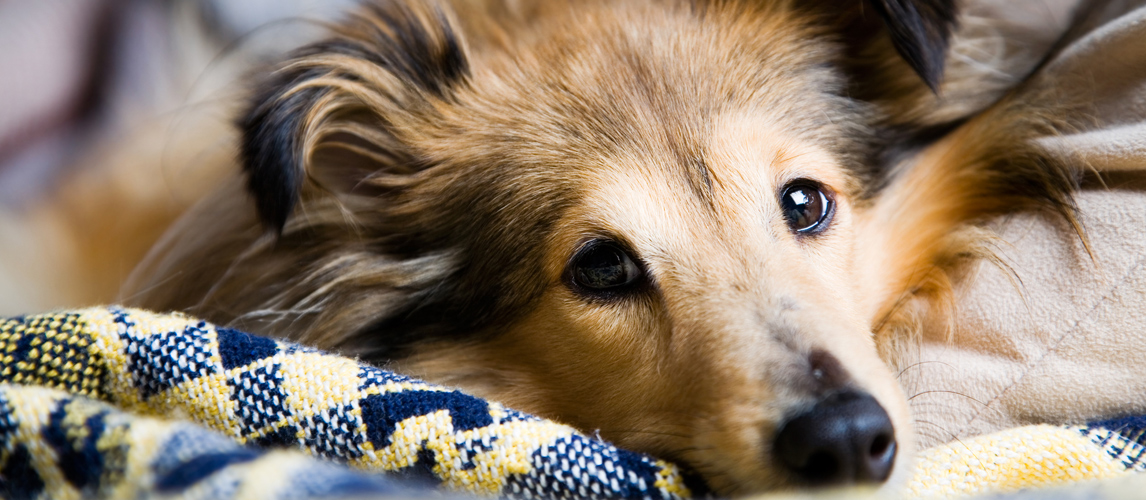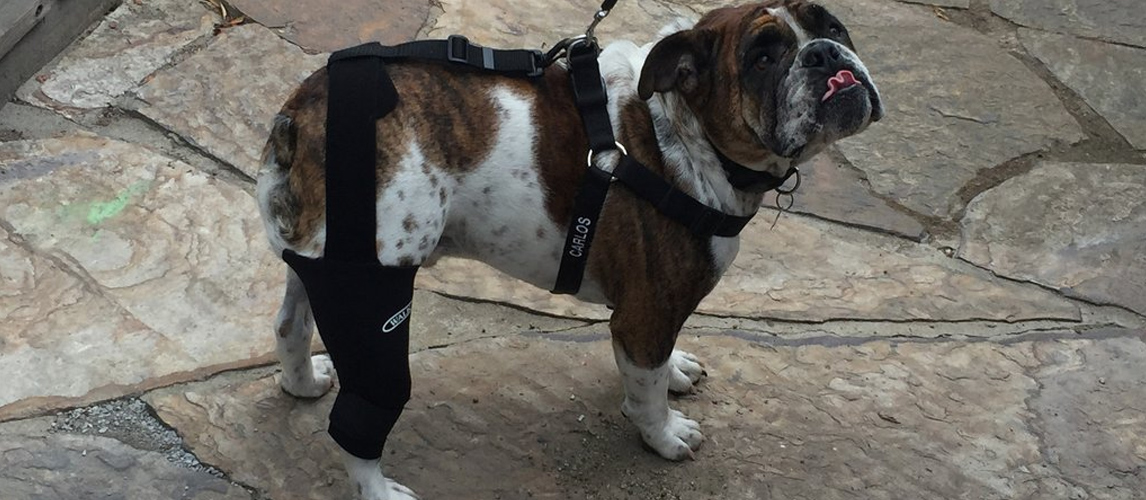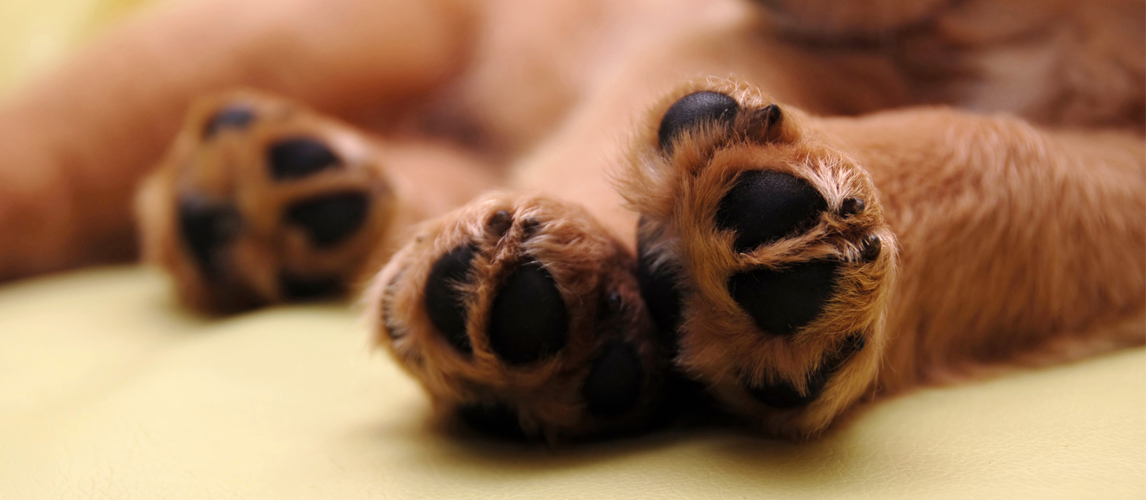Most dogs will have surgery (such as spaying or neutering) or an injury at some point, and you need to know how to keep the dog from licking the wound obsessively. Unfortunately, this is something that most dogs will do if they get the opportunity, and it can cause many problems. So we’ve researched all the expert advice and collated our own experience to compile this quick guide on everything you need to know about dogs licking their wounds. Here are the main questions that dog owners ask.
Key Takeaways
- Dogs lick wounds because it eases the pain and cleans them; dog saliva can kill some but not all skin bacteria.
- Dogs licking wounds does more harm than good, and you must discourage it.
- Cones are an effective way to prevent licking, but most dogs hate them.
- Inflatable collars suit some smaller dogs, but larger dogs can get around them.
- Surgical suits are highly effective and comfortable, but undoing zips can be fiddly.
- You can make your wound barriers with old socks or T-shirts
Why Does a Dog Lick Their Wounds?
Dogs lick wounds for several different reasons. At first, it can be them exploring something that has changed with their body. In the same way, as we may feel a graze or cut with our fingers, a dog will explore with its tongue.
Secondly, your dog’s wound may be a bit painful or uncomfortable, and they are licking it to ease the pain. As they lick, the brain becomes overwhelmed with signals from that body area, and the pain feels less. However, this is only temporary, and as soon as the licking stops, the pain comes back.
Finally, dogs lick their bodies as a method of cleaning. Licking a wound can remove dirt and debris because your dog’s tongue is quite rough. Therefore a dog will instinctively lick a wound to attempt to clean it.
You may also like our article on: How to Clean a Dog Wound
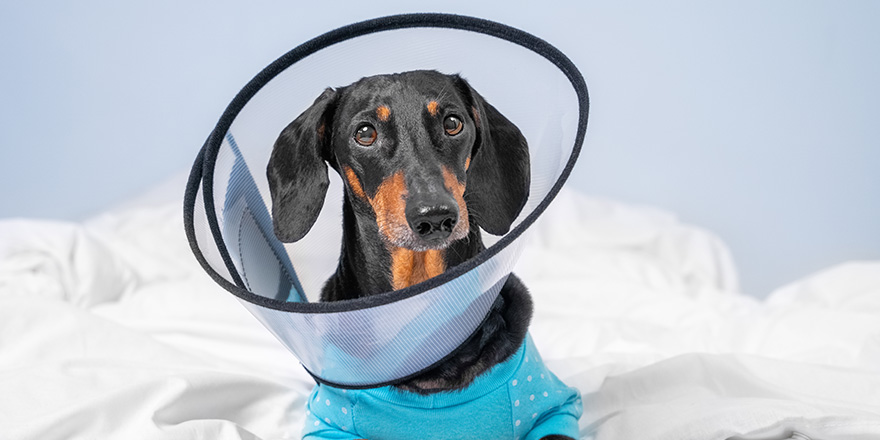
Does a Dog Licking Wound Help with Healing?
If licking wounds is natural for dogs, shouldn’t we just let them get on with it? This is a reasonable assumption because experts have recognized dog saliva healing properties, but the situation is more complex. Dog saliva does have some antibacterial properties; it is good at keeping the growth of two types of bacteria in check, namely Escherichia coli and Streptococcus canis. However, wounds have many other species of bacteria around them that dog saliva does not help with.
Therefore, the damage that licking does to a wound far outweighs any benefit that it brings.
Can Dog Wounds Get Damaged by Licking?
Yes, they certainly can. Unfortunately, dog licking soon turns into excessive licking, which gets in the way of the healing process. Licking does more harm than good.
Licking is like rubbing a rough surface repeatedly against a wound. It damages the tissues, causes abrasions, and sets up inflammation. This can delay the healing of the incision site. In extreme cases, dogs can pick out sutures and the surgical incision opens back up. The wound will have to be stitched up again by a vet. Re-closing a wound that has been torn open by excessive licking is not easy.
Additionally, dogs can introduce harmful bacteria into the wound. This can lead to an infection which will need to be treated.
What’s the Usual Way to Stop Dogs Licking Their Wounds?
Most vets ensure that dogs stop licking wounds by sending them home in an Elizabethan collar. This kind of neck brace fits behind a dog’s head. In most cases, an Elizabethan collar will be a hard plastic cone that prevents your dog from being able to reach its open wound. You may also see it called an e collar or even the cone of shame. Elizabethan collars are highly effective and prevent licking, but dogs always look very sorry for themselves when wearing one.
E collars can also get in the way of your dog’s movement and they do tend to walk into things – including your legs! You need to make sure that your pet can reach their food and water when wearing it. There are alternatives to surgical cones, and we have listed our recommended options in the Best Dog Cones guide.
Do you Have to Use a Cone to Protect Wounds?
No, there are several alternatives. Here’s how to get a dog to stop licking a wound without using a cone.
Inflatable Collar
An inflatable collar can also protect a dog’s wound. These are usually made of soft fabric and provide loose protection by fitting around the neck. The pros of inflatable collars are that dogs seem more comfortable in them – they can reach food and water and run around easily. However, we found that our dog perfected a knack for reaching his open wounds even when wearing one. They may be more suitable for small dogs who would not be able to reach their body. In theory, they could also get punctured.
Recovery Suits
You can get a recovery suit (sometimes called a surgical suit) from many online pet stores, and we have put together a guide of our top choices in Best Surgical Suits for Dogs.
They are essentially an all-in-one suit that fits over a dog’s legs and body. They stop a dog from licking any part of their body apart from their paws. As a result, they have several advantages: dogs are generally happy and can run around. In addition, they cover leg wounds that some dogs may reach with a cone.
However, you need to follow the measuring instructions provided by the manufacturer very carefully. If the suit is too loose, a dog will chew a hole in it over time. They may also be able to get around its side and reach a wound. It will restrict movement and even blood flow if it is too tight. Also, dogs can get pee on the suit (even though they have zips) and need to be washed.
Homemade Solutions
Some dog owners come up with a creative solution using an old T-shirt. The dog wears it like a surgical suit, and the wound is covered. The problem with old T-shirts and other human clothing is that they are not the right size, and some dogs can get around them.
Booties and Socks
Delayed healing is common with paw wounds because paw pads are made from the keratinized epithelium. It can take up to three weeks for the wound to heal. Obsessive licking by your pet is not going to help at all. So, how to keep a dog from licking a wound on the paw?
By investing in a pair of dog boots or socks, you give the wound the best chance of healing. Use your sock secured in place with surgical tape in an emergency.
Distractions
For superficial wounds, you have to direct your dog’s attention to something else so that they forget to lick their wounds. There are plenty of distraction techniques that you can try with your pet, including teaching them new tricks and games. Of course, a new dog toy always helps this approach!
Wound Dressings
You should follow veterinary advice in all aspects of wound care and that includes wound dressings. Do not apply a dressing yourself as it could make the situation worse.
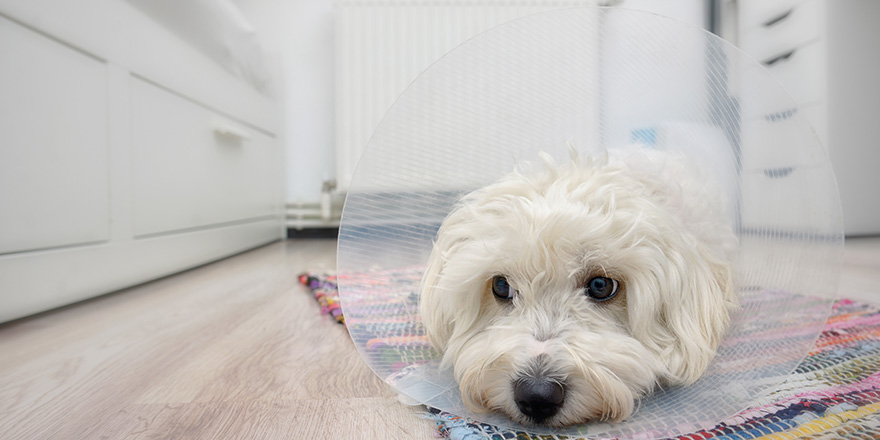
What to Put on Dogs Skin to Stop Licking?
The American Kennel Club recommends that you have a dog first aid kit with you at all times. Most small abrasions can be washed gently with a saline solution and patted dry. You can also apply special pet antiseptic spray. Always see your vet if the wound is deep or is not healing.
How do I Stop my Dog Licking a Raw Spot?
A raw spot (sometimes called a hot spot) is a localized area of inflamed skin. If it is not healing, your vet will be able to tell you what to put on the dog’s skin to stop licking. They may be able to prescribe topical steroids or antibiotics. In extreme cases, a cone is needed to allow the area to heal.
* The contents of the www.mypetneedsthat.com website, such as text, graphics, images, and other material contained on this site (“Content”) are for informational purposes only.
The Content is not intended to be a substitute for professional veterinarian advice, diagnosis, or treatment.
Always seek the advice of your veterinarian with any questions you may have regarding the medical condition of your pet.
Never disregard professional advice or delay in seeking it because of something you have read on this website.
Sources:
- Brittany Grenus, DVM, How to Keep Your Dog From Licking Their Wounds – Pet MD
- Should Dogs Lick Wounds To Heal Them? – AKC
Note: The advice provided in this post is intended for informational purposes and does not constitute medical advice regarding pets. For an accurate diagnosis of your pet's condition, please make an appointment with your vet.





